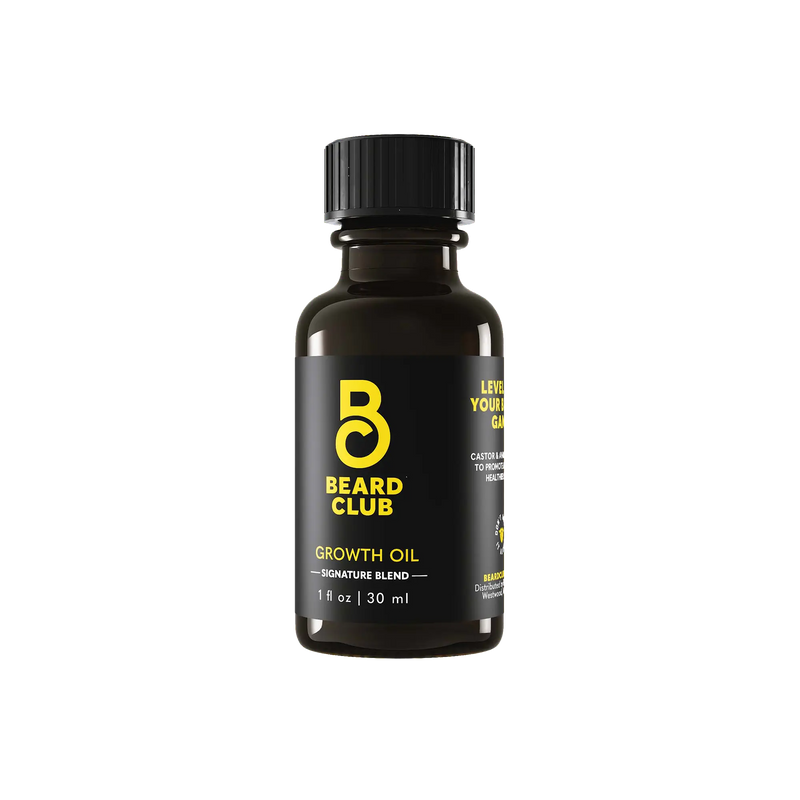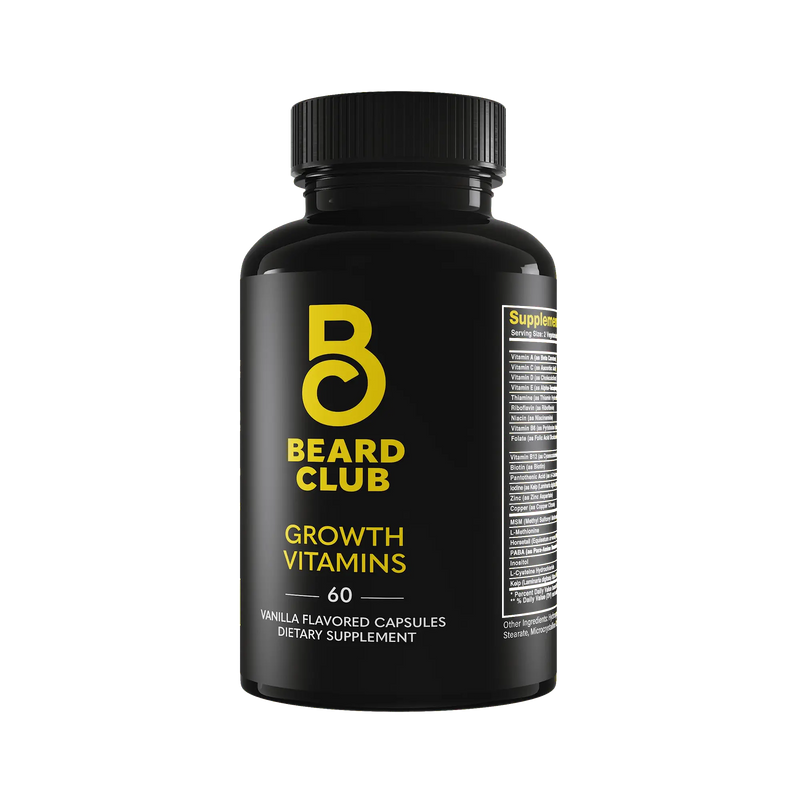How Long Does Razor Burn Last? What To Expect
We've all been there. You finish shaving, expecting to feel smooth and fresh, only to be greeted by uncomfortable, red, and irritated skin—razor burn, everybody. It's a common issue that can seriously hinder your grooming routine.
How long does razor burn last, and what can you expect during the healing process? In this comprehensive guide, we'll break down everything you need to know about razor burn, from its causes to treatment and prevention.
What Is Razor Burn?
Razor burn is a type of skin irritation that occurs after shaving. It can affect anyone, regardless of gender or skin type, and is characterized by redness, itching, and a burning sensation.
In some cases, razor burn may also lead to small red bumps, known as razor bumps or pseudofolliculitis barbae, especially in people with curly or coarse hair.
What Causes Razor Burn?
Razor burn is typically caused by shaving against the grain, using too much pressure, or making multiple passes over the same area can irritate the skin. In addition, a dull razor blade can tug at the hair instead of cutting it cleanly, while a dirty razor can introduce bacteria to the skin.
Another common cause of razor burn is shaving without enough cream, gel, or oil, which can cause friction and irritation. Razor burn is especially common for people with sensitive skin, who often react more to less-than-ideal shaving techniques.
How Long Does Razor Burn Last?
Razor burn healing times vary. It all depends on the severity of the irritation and your skin's natural healing process. Generally, mild cases of razor burn can last anywhere from a few hours to a couple of days. More severe cases, especially those accompanied by razor bumps, can take up to a week or more to fully heal.
Factors Influencing Healing Time
Several factors can influence how long razor burn lasts. People with sensitive or dry skin may experience longer-lasting razor burn than others, especially after dry shaving — trying to shave without any cream or gel. We never recommend dry shaving, even if it’s just to touch up.
When it comes to razor burn, the more severe the irritation, the longer it may take to heal. People with curly or coarse hair types may deal with razor burn that lasts longer because these folks tend to get more ingrown beard hairs. Luckily, aftercare and treatment can significantly speed up the healing process and get rid of that nasty burn.
What Are the Stages of Razor Burn Healing?
Most cases of razor burn follow a clear progression. Here’s what to expect as your razor burn heals:
Stage 1: Immediate Reaction
Immediately after shaving, you may notice redness and a burning sensation in the affected area. This is your skin's initial reaction to the irritation caused by shaving.
Stage 2: Peak Irritation
The redness and irritation may peak within the first 24 to 48 hours. You might experience itching and discomfort, and small red bumps may appear. This is the most uncomfortable stage of razor burn.
Stage 3: Healing Begins
The redness and irritation will gradually subside as your skin starts to heal. The itching may persist, but the overall discomfort should go away. This stage can last from a few days to a week.
Stage 4: Full Recovery
In the final stage, the redness and irritation will completely disappear, and your skin will return to normal. This stage can vary in duration depending on the severity of the razor burn and your skin's healing capabilities.
How To Treat Razor Burn
While razor burn can be uncomfortable, it’s pretty easy to treat and soothe the irritation.
Here are some tried-and-true methods for relief:
A Cold Compress
Applying a cold compress to the affected area can help reduce inflammation and soothe the razor burn. Use a clean cloth soaked in cold water or wrap ice cubes in a cloth and gently press it against your skin for a few minutes.
Aloe Vera
Aloe vera is known for its soothing and healing properties. Apply a thin layer of pure aloe vera gel to the affected area to reduce redness and promote healing. It's best to use a product that contains 100% aloe vera without added fragrances or alcohol.
Witch Hazel
Witch hazel is a natural astringent that can help reduce discomfort and irritation. Apply witch hazel to a cotton pad and gently dab it onto the razor burn. This can help calm the skin and speed up the healing process.
Hydrocortisone Cream
This topical steroid reduces inflammation and itching, and you can get it without a prescription. Apply a small amount to the affected area as directed, but avoid using it for extended periods to prevent skin thinning.
Moisturize
Keeping your skin moisturized is key for healing. Use a gentle, fragrance-free moisturizer to hydrate the affected area and prevent dryness.
How To Prevent Razor Burn
Preventing razor burn is the best way to avoid the discomfort and irritation that come with it.
Here are some tips to help you achieve a smooth, irritation-free shave:
Use a Sharp Razor

Always use a sharp razor to ensure a clean cut. Dull blades can tug at the hair and cause irritation. Replace your razor blades regularly to maintain their effectiveness.
Shave With the Grain
Shaving in the direction of hair growth (with the grain) minimizes the risk of irritation and razor burn. Avoid going against the grain, especially if you have sensitive skin.
Prepare Your Skin
Properly preparing your skin before shaving can make a significant difference. Wash your face with warm water and a gentle cleanser to remove dirt and oil. Exfoliating your beard area and face a few times a week can also help lift the hair and stop ingrown beard hairs from forming.
Use Quality Shaving Products
Invest in a good-quality shaving cream, gel, or oil that provides ample lubrication. Look for products with moisturizing and soothing ingredients like aloe vera, shea butter, and glycerin.
Shave in Short Strokes
Use short, gentle strokes when shaving to minimize irritation. Rinse your razor frequently to remove hair and product buildup, and avoid applying too much pressure.
Rinse With Cold Water
After shaving, rinse your face with cold water to close your pores and soothe the skin. Pat your face dry with a clean towel – don't rub, as this can cause irritation.
Moisturize Post-Shave
Apply a gentle moisturizer or aftershave lotion post-shaving to keep your skin hydrated and prevent dryness. This helps to maintain your skin's barrier and reduce the risk of irritation.
Take Breaks
If you're prone to razor burn, consider taking breaks between shaves to give your skin time to heal. Allowing a day or two between shaves can help reduce the likelihood of irritation. Growing a beard can also be a fantastic way to avoid razor burn — and look better than ever.
Shave Without the Burn
Razor burn can be an annoying and uncomfortable part of shaving, but with the right knowledge and care, you can minimize its impact and keep your skin looking and feeling its best. Take advantage of soothing products like The Beard Club’s shaving gel to avoid razor burn, protect your skin, and feel your best during and after each shave.
Sources:
Pseudofolliculitis barbae; current treatment options | PMC



















